Analysis reagents
Analytical reagent is a class of chemical reagents for analytical testing with being able to provide molecules, ions or radicals in the qualitative or quantitative analysis, and the reaction product being precipitated or colored compound or fluorescent substance and so on. Indicator, titrant and Instrument Analytical Reagents also fall into this category. The most important feature of the analysis reagent is the sensitivity and selectivity, even if the number of the test substance is little or the ion concentration is also small, the reagent can also be used for identification or quantitative determination. E.g., when the magnesium ion concentration is 1.2mg / l, addition of disodium hydrogen phosphate and ammonium chloride can cause precipitation. In the analytical chemistry, people must use selective reagents and group reagent. Selective agent is reagents which only react with limited chemical substances. For example, the silver nitrate is the selective precipitation agent for chloride and bromide. Organic selective agent is able to form specific chelate with a metal ion. For example, chromium azure S, 1- (2- pyridine azo) -2-naphthol (PAN), 4- (2- PYRIDYLAZO) - Inter hydroquinone (PAR), under different conditions, can be used as the selective agent on different metal ions.
The group reagent is reagents which can simultaneously separate many ionic agents. Some agents, under certain conditions, no matter whether with or without the presence of other ions, can only have typical reaction with the test material or ions. These reagent reagents are called specific agents. The specificity of the product is determined by the product. The size, charge density and the electronic arrangement of the reagents and reaction ions must meet certain conditions, otherwise it does not react. Most kinds of inorganic analytical reagents have very excellent selectivity; most organic analytical reagents have very excellent special effects. There are many reagents for the analysis of organic functional groups, such as the Bromocresol Green for qualitative and quantitative determination of organic acids, aldehydes, ketones, etc., ninhydrin, phenylhydrazine, 2,4-dinitrophenylhydrazin and semicarbazide.
classification
(1) Reagents for chemical analysis: testing items for the chemical reaction analysis.
1) Baseline reagent: a pure compound for direct formulation of the standard solution and the standard solution in the volumetric calibration.
2) Indicator: reagent used to indicate the end of the titration reagent and can be classified into pH indicator, redox indicator, adsorption indicator, metal indicator and fluorescent indicator, and so on.
(2) Analysis reagent of Instrument: high-purity compounds dedicated to instrumental analysis.
1) Spectroscopically pure reagents: spectroscopically pure compound, often expressed in the SP; reagents for spectral analysis.
2) Chromatography pure reagents: reagents dedicated to analysis by gas chromatography and liquid chromatography analysis.
3) Deuterated reagents: reagents dedicated to the nuclear resonance instrument analysis.
Purification of organic analytical reagents
Organic reagents are widely used in analysis chemistry and are mainly used in solvents, precipitation agents, complexing agents, indicators, reagents and surface active agents, etc. In order to adapt to a variety of analytical demands, sometimes it is required to apply purification process to certain reagents with organic reagent liquid often being purified by distillation while solid matter can be purified through crystallization or sublimation method. Substance having a high vapor pressure, namely organic reagents with low purification boiling point and without decomposition at boiling temperature being commonly applied atmospheric distillation; for substance of less volatile and slightly-soluble in water, namely organic reagents that can be decomposed at high purification boiling point or higher boiling temperature, we can apply vacuum distillation or steam distillation.
Distillation method for purification of organic reagent is commonly purification process in laboratory. Conventional distillation apparatus generally comprises of three parts including a composition distiller, condenser and receiver as well as auxiliary section heater, a thermometer, a wetted tube, cork and so on.
- Chemical Name:Molecular sieve 3A
- CAS:308080-99-1
- MF:KnNa12-n[(AlO2)12(SiO2)12]xH2O
- Structure:
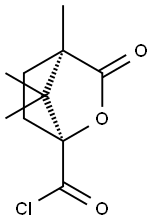
- Chemical Name:(-)-Camphanic acid chloride
- CAS:39637-74-6
- MF:C10H13ClO3
- Structure:

- Chemical Name:DEVARDA'S ALLOY
- CAS:8049-11-4
- MF:AlCuZn
- Structure:
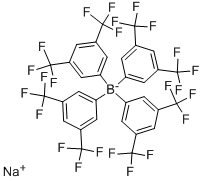
- Chemical Name:Sodium tetrakis[3,5-bis(trifluoromethyl)phenyl]borate
- CAS:79060-88-1
- MF:C32H12BF24Na
- Structure:
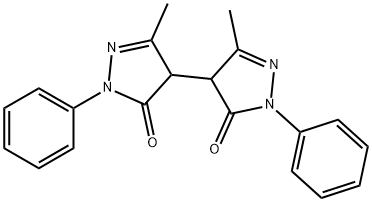
- Chemical Name:BISPYRAZOLONE
- CAS:7477-67-0
- MF:C20H18N4O2
- Structure:
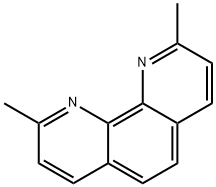
- Chemical Name:Neocuproine
- CAS:484-11-7
- MF:C14H12N2
- Structure:
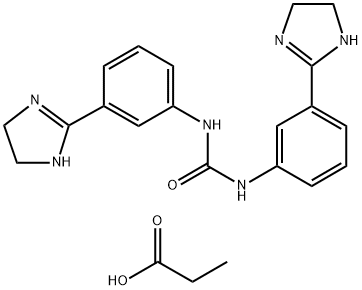
- Chemical Name:Imidocarb dipropionate
- CAS:55750-06-6
- MF:C22H26N6O3
- Structure:

- Chemical Name:Chloramphenicol palmitate
- CAS:530-43-8
- MF:C27H42Cl2N2O6
- Structure:
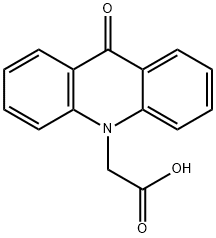
- Chemical Name:9-Oxo-10(9H)-acridineacetic acid
- CAS:38609-97-1
- MF:C15H11NO3
- Structure:
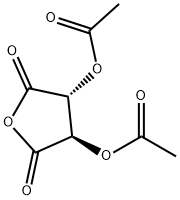
- Chemical Name:(+)-DIACETYL-L-TARTARIC ANHYDRIDE
- CAS:6283-74-5
- MF:C8H8O7
- Structure:
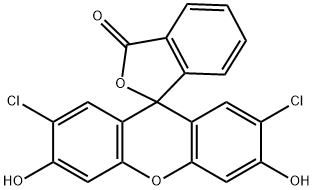
- Chemical Name:2',7'-Dichlorofluorescein
- CAS:76-54-0
- MF:C20H10Cl2O5
- Structure:

- Chemical Name:5-Methyl-1H-benzotriazole
- CAS:136-85-6
- MF:C7H7N3
- Structure:
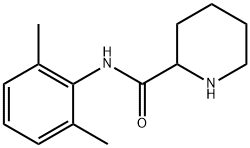
- Chemical Name:2',6'-Pipecoloxylidide
- CAS:15883-20-2
- MF:C14H20N2O
- Structure:

- Chemical Name:Boron trifluoride-methanol solution
- CAS:373-57-9
- MF:CH3BF3O
- Structure:

- Chemical Name:Giemsa stain
- CAS:51811-82-6
- MF:C14Cl1H14N3S1
- Structure:
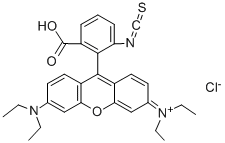
- Chemical Name:RHODAMINE B ISOTHIOCYANATE
- CAS:36877-69-7
- MF:C29H30N3O3S.Cl
- Structure:
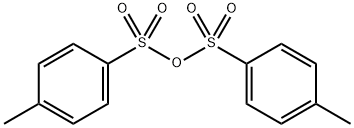
- Chemical Name:P-Toluenesulfonic anhydride
- CAS:4124-41-8
- MF:C14H14O5S2
- Structure:
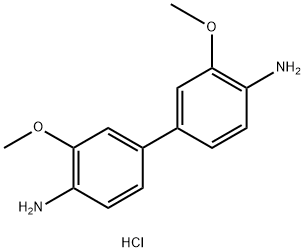
- Chemical Name:3,3'-Dimethoxybenzidine dihydrochloride
- CAS:20325-40-0
- MF:C14H17ClN2O2
- Structure:

- Chemical Name:(S)-(+)-alpha-Methoxyphenylacetic acid
- CAS:26164-26-1
- MF:C9H10O3
- Structure:

- Chemical Name:(R)-(-)-alpha-Methoxyphenylacetic acid
- CAS:3966-32-3
- MF:C9H10O3
- Structure:

- Chemical Name:(R)-(-)-O-Formylmandeloyl chloride
- CAS:29169-64-0
- MF:C9H7ClO3
- Structure:
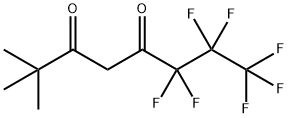
- Chemical Name:2,2-DIMETHYL-6,6,7,7,8,8,8-HEPTAFLUORO-3,5-OCTANEDIONE
- CAS:17587-22-3
- MF:C10H11F7O2
- Structure:
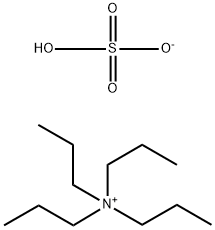
- Chemical Name:Tetrapropylammonium bisulfate
- CAS:56211-70-2
- MF:C12H29NO4S
- Structure:

- Chemical Name:Gabapentin-lactam
- CAS:64744-50-9
- MF:C9H15NO
- Structure:
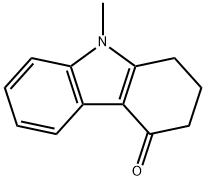
- Chemical Name:1,2,3,4-Tetrahydro-9-methylcarbazol-4-one
- CAS:27387-31-1
- MF:C13H13NO
- Structure:
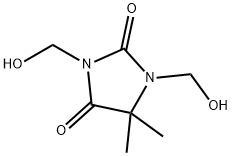
- Chemical Name:Dimethyloldimethyl hydantoin
- CAS:6440-58-0
- MF:C7H12N2O4
- Structure:

- Chemical Name:3,5-Dimethylpyrazole
- CAS:67-51-6
- MF:C5H8N2
- Structure:
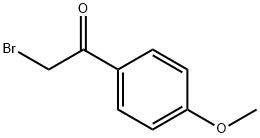
- Chemical Name:2-Bromo-4'-methoxyacetophenone
- CAS:2632-13-5
- MF:C9H9BrO2
- Structure:

- Chemical Name:GLYCERIN BASE
- CAS:77944-79-7
- MF:C3H8O3
- Structure:

- Chemical Name:(S)-(+)-ALPHA-METHOXY-ALPHA-TRIFLUOROMETHYLPHENYLACETYL CHLORIDE
- CAS:20445-33-4
- MF:C10H8ClF3O2
- Structure:
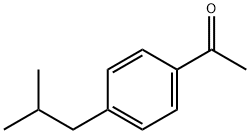
- Chemical Name:4'-(2-Methylpropyl)acetophenone
- CAS:38861-78-8
- MF:C12H16O
- Structure:
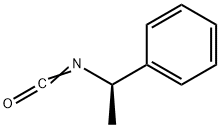
- Chemical Name:(R)-(+)-1-Phenylethyl isocyanate
- CAS:33375-06-3
- MF:C9H9NO
- Structure:
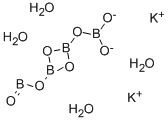
- Chemical Name:POTASSIUM TETRABORATE TETRAHYDRATE
- CAS:12045-78-2
- MF:B4H8K2O11
- Structure:
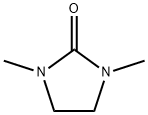
- Chemical Name:1,3-Dimethyl-2-imidazolidinone
- CAS:80-73-9
- MF:C5H10N2O
- Structure:
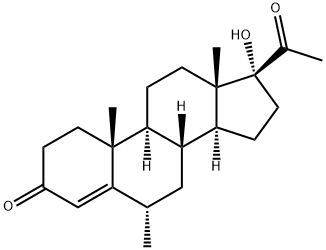
- Chemical Name:MEDROXYPROGESTERONE
- CAS:520-85-4
- MF:C22H32O3
- Structure:
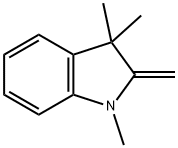
- Chemical Name:1,3,3-Trimethyl-2-methyleneindoline
- CAS:118-12-7
- MF:C12H15N
- Structure:
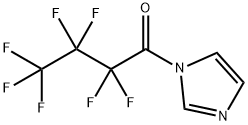
- Chemical Name:N-Heptafluorobutyrylimidazole
- CAS:32477-35-3
- MF:C7H3F7N2O
- Structure:

- Chemical Name:2-Octyl-1-dodecanol
- CAS:5333-42-6
- MF:C20H42O
- Structure:
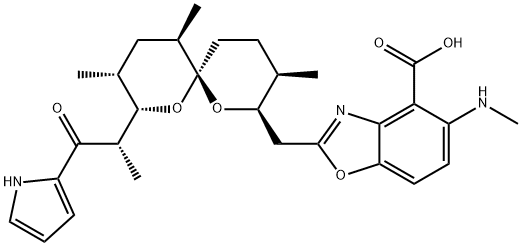
- Chemical Name:A23187
- CAS:52665-69-7
- MF:C29H37N3O6
- Structure:
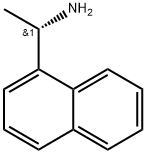
- Chemical Name:(S)-(-)-1-(1-Naphthyl)ethylamine
- CAS:10420-89-0
- MF:C12H13N
- Structure:
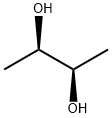
- Chemical Name:(R,R)-2,3-Butanediol
- CAS:24347-58-8
- MF:C4H10O2
- Structure:

- Chemical Name:HEMATOXYLIN
- CAS:1412-19-7
- MF:C16H14O6
- Structure:

- Chemical Name:L(-)-2-Octanol
- CAS:5978-70-1
- MF:C8H18O
- Structure:
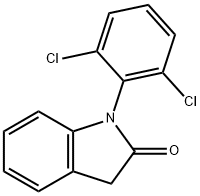
- Chemical Name:1-(2,6-Dichlorophenyl)-2-hydroindole
- CAS:15362-40-0
- MF:C14H9Cl2NO
- Structure:
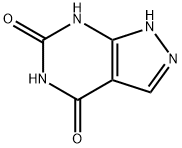
- Chemical Name:Oxipurinol
- CAS:2465-59-0
- MF:C5H4N4O2
- Structure:
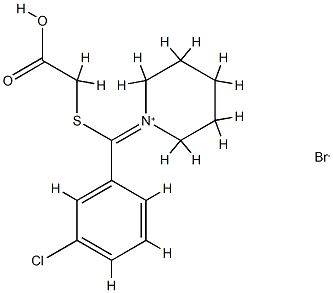
- Chemical Name:STREPTAVIDIN
- CAS:9013-20-1
- MF:C14H17BrClNO2S
- Structure:
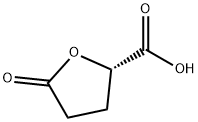
- Chemical Name:(S)-(+)-5-OXOTETRAHYDROFURAN-2-CARBOXYLIC ACID
- CAS:21461-84-7
- MF:C5H6O4
- Structure:
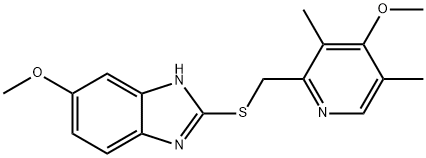
- Chemical Name:Ufiprazole
- CAS:73590-85-9
- MF:C17H19N3O2S
- Structure:
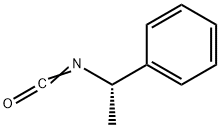
- Chemical Name:(S)-(-)-1-Phenylethyl isocyanate
- CAS:14649-03-7
- MF:C9H9NO
- Structure:
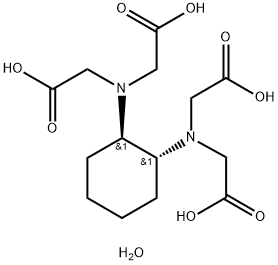
- Chemical Name:TRANS-1,2-DIAMINOCYCLOHEXANE-N,N,N',N'-TETRAACETIC ACID MONOHYDRATE
- CAS:125572-95-4
- MF:C14H24N2O9
- Structure:
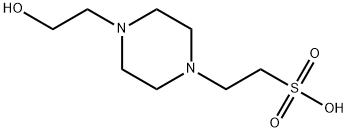
- Chemical Name:HEPES
- CAS:7365-45-9
- MF:C8H18N2O4S
- Structure:

- Chemical Name:Pramoxine hydrochloride
- CAS:637-58-1
- MF:C17H28ClNO3
- Structure:
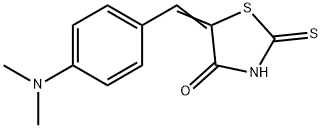
- Chemical Name:5-(4-DIMETHYLAMINOBENZYLIDENE)RHODANINE
- CAS:536-17-4
- MF:C12H12N2OS2
- Structure:
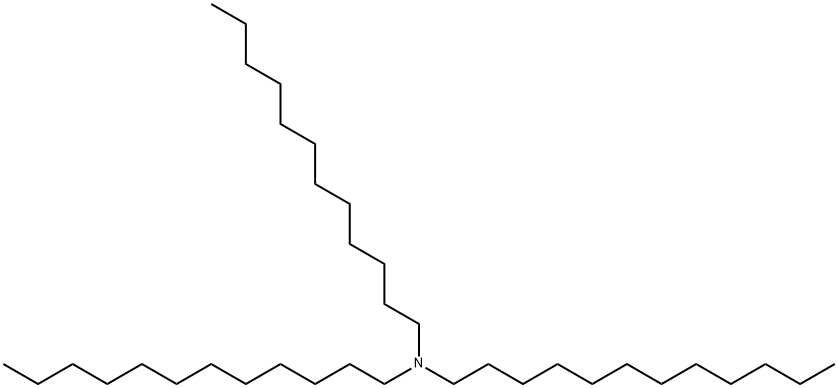
- Chemical Name:TRIDODECYLAMINE
- CAS:102-87-4
- MF:C36H75N
- Structure:
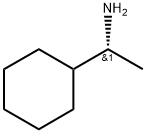
- Chemical Name:(R)-(-)-1-Cyclohexylethylamine
- CAS:5913-13-3
- MF:C8H17N
- Structure:
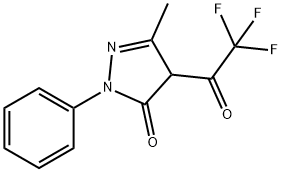
- Chemical Name:4-TRIFLUOROACETYL-3-METHYL-1-PHENYL-5-PYRAZOLONE
- CAS:1691-93-6
- MF:C12H9F3N2O2
- Structure:

- Chemical Name:(R)-(+)-1-PHENYL-1-PROPANOL
- CAS:1565-74-8
- MF:C9H12O
- Structure:
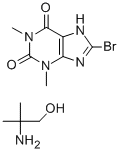
- Chemical Name:Pamabrom
- CAS:606-04-2
- MF:C11H18BrN5O3
- Structure:
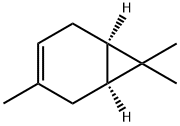
- Chemical Name:(1S)-(+)-3-Carene
- CAS:498-15-7
- MF:C10H16
- Structure:
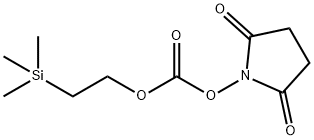
- Chemical Name:1-(2-(TRIMETHYLSILYL)ETHOXYCARBONYLOXY)&
- CAS:78269-85-9
- MF:C10H17NO5Si
- Chemical Name:Sweet almond oil
- CAS:8007-69-0
- MF:
- Structure:

- Chemical Name:Polydimethylsiloxane, dihydroxy terminated
- CAS:70131-67-8
- MF:HOSi
- Structure:
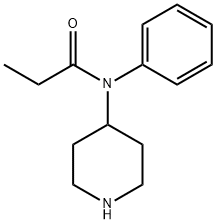
- Chemical Name:N-Phenyl-N-(4-piperidinyl)propanamide admixture with HCl salt
- CAS:1609-66-1
- MF:C14H20N2O
- Structure:
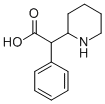
- Chemical Name:Ritalinic acid
- CAS:19395-41-6
- MF:C13H17NO2
- Structure:
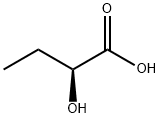
- Chemical Name:(S)-2-HYDROXYBUTYRIC ACID
- CAS:3347-90-8
- MF:C4H8O3
- Structure:
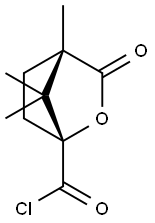
- Chemical Name:(+)-CAMPHANIC ACID CHLORIDE
- CAS:104530-16-7
- MF:C10H13ClO3
- Structure:
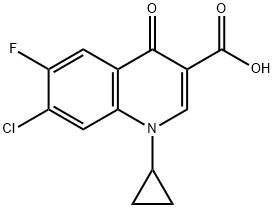
- Chemical Name:7-Chloro-1-cyclopropyl-6-fluoro-1,4-dihydro-4-oxoquinoline-3-carboxylic acid
- CAS:86393-33-1
- MF:C13H9ClFNO3
- Structure:
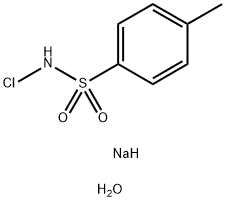
- Chemical Name:Chloramine-T trihydrate
- CAS:7080-50-4
- MF:C7H11ClNNaO3S
- Structure:

- Chemical Name:2-(2-Methoxyphenoxy)ethylamine hydrochloride
- CAS:64464-07-9
- MF:C9H14ClNO2
- Structure:

- Chemical Name:(S)-(+)-ALPHA-METHOXY-ALPHA-TRIFLUOROMETHYLPHENYLACETYL CHLORIDE
- CAS:39637-99-5
- MF:C10H8ClF3O2
- Structure:
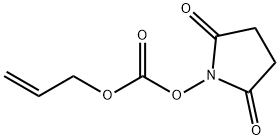
- Chemical Name:N-(Allyloxycarbonyloxy)succinimide
- CAS:135544-68-2
- MF:C8H9NO5
- Structure:

- Chemical Name:Semicarbazide
- CAS:57-56-7
- MF:CH5N3O
- Structure:
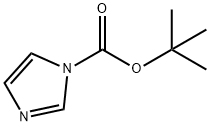
- Chemical Name:N-BOC-IMIDAZOLE
- CAS:49761-82-2
- MF:C8H12N2O2
- Structure:

- Chemical Name:2-Methoxyethoxymethyl chloride
- CAS:3970-21-6
- MF:C4H9ClO2
- Structure:
- Chemical Name:ALCIAN BLUE 8GX
- CAS:75881-23-1
- MF:C56H68Cl4CuN16S4
- Structure:
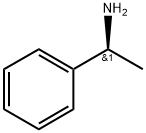
- Chemical Name:L-1-Phenylethylamine
- CAS:2627-86-3
- MF:C8H11N
- Structure:
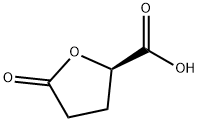
- Chemical Name:(R)-(-)-5-OXOTETRAHYDROFURAN-2-CARBOXYLIC ACID
- CAS:53558-93-3
- MF:C5H6O4
- Structure:
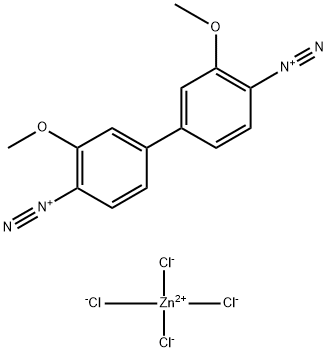
- Chemical Name:FAST BLUE B SALT FOR MICROSCOPY
- CAS:14263-94-6
- MF:C14H12Cl4N4O2Zn
- Structure:

- Chemical Name:Triclocarban
- CAS:101-20-2
- MF:C13H9Cl3N2O
- Structure:
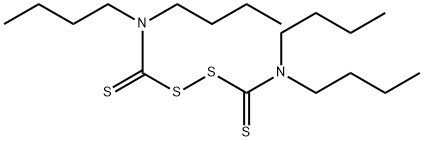
- Chemical Name:TETRA-N-BUTYLTHIURAM DISULFIDE
- CAS:1634-02-2
- MF:C18H36N2S4
- Structure:

- Chemical Name:Dibenzyl dicarbonate
- CAS:31139-36-3
- MF:C16H14O5
- Structure:

- Chemical Name:(R)-(+)-alpha-Methoxy-alpha-trifluoromethylphenylacetic acid
- CAS:20445-31-2
- MF:C10H9F3O3
- Structure:
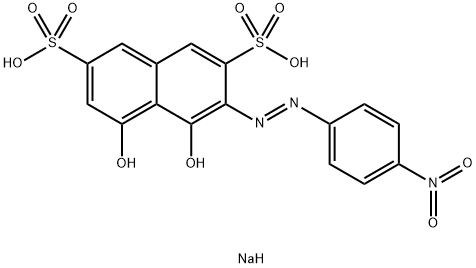
- Chemical Name:CHROMOTROPE 2B
- CAS:548-80-1
- MF:C16H12N3NaO10S2
- Structure:

- Chemical Name:2-Benzothiazolamine
- CAS:136-95-8
- MF:C7H6N2S
- Structure:

- Chemical Name:Ammonium 1-pyrrolidinedithiocarbamate
- CAS:5108-96-3
- MF:C5H9NS2.H3N
- Structure:
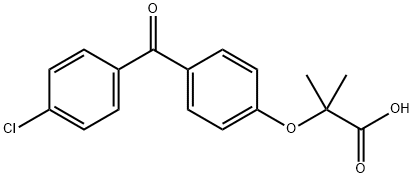
- Chemical Name:Fenofibric acid
- CAS:42017-89-0
- MF:C17H15ClO4
- Structure:
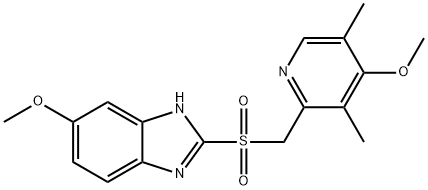
- Chemical Name:OMEPRAZOLE RELATED COMPOUND A (15 MG) (OMEPRAZOLE SULFONE) (AS)
- CAS:88546-55-8
- MF:C17H19N3O4S
- Structure:
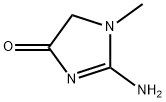
- Chemical Name:Creatinine
- CAS:60-27-5
- MF:C4H7N3O
- Structure:
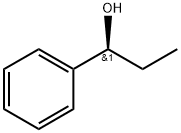
- Chemical Name:(S)-(-)-1-PHENYL-1-PROPANOL
- CAS:613-87-6
- MF:C9H12O
- Structure:
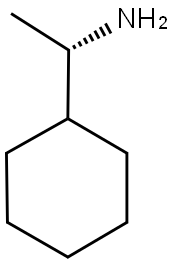
- Chemical Name:(S)-(+)-1-Cyclohexylethylamine
- CAS:17430-98-7
- MF:C8H17N
- Structure:
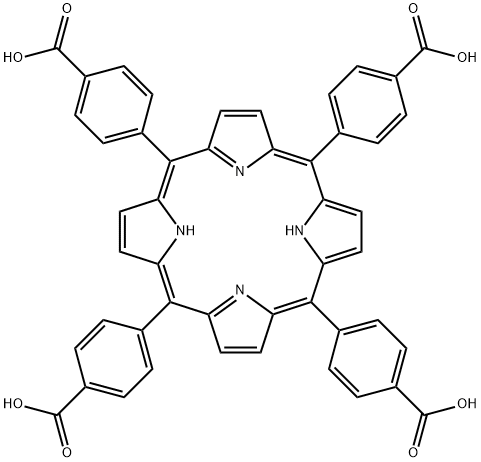
- Chemical Name:meso-Tetra(4-carboxyphenyl)porphine
- CAS:14609-54-2
- MF:C48H30N4O8
- Structure:
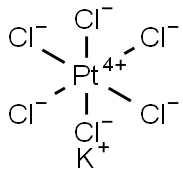
- Chemical Name:Potassium chloroplatinate
- CAS:16921-30-5
- MF:Cl6KPt-
- Structure:
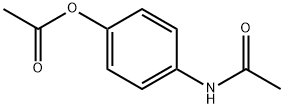
- Chemical Name:4-Acetoxyacetanilide
- CAS:2623-33-8
- MF:C10H11NO3
- Structure:

- Chemical Name:Methyl-5-norbornene-2,3-dicarboxylic anhydride
- CAS:25134-21-8
- MF:C10H10O3
- Structure:

- Chemical Name:(S)-(-)-alpha-Methoxy-alpha-(trifluoromethyl)phenylacetic acid
- CAS:17257-71-5
- MF:C10H9F3O3
- Structure:

- Chemical Name:TETRAMETHYLAMMONIUM HYDROGENSULFATE
- CAS:80526-82-5
- MF:C4H13NO4S
- Structure:
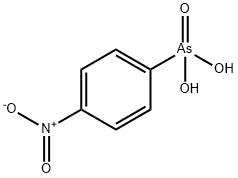
- Chemical Name:NITARSONE
- CAS:98-72-6
- MF:C6H6AsNO5
- Structure:
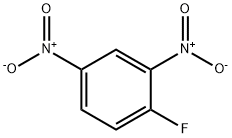
- Chemical Name:2,4-Dinitrofluorobenzene
- CAS:70-34-8
- MF:C6H3FN2O4
- Structure:
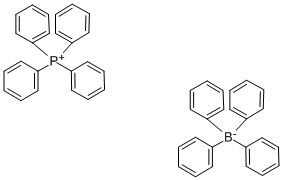
- Chemical Name:TETRAPHENYLPHOSPHONIUM TETRAPHENYLBORATE
- CAS:15525-15-2
- MF:C48H40BP
- Structure:
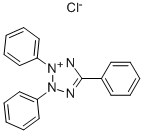
- Chemical Name:2,3,5-Triphenyltetrazolium chloride
- CAS:298-96-4
- MF:C19H15ClN4